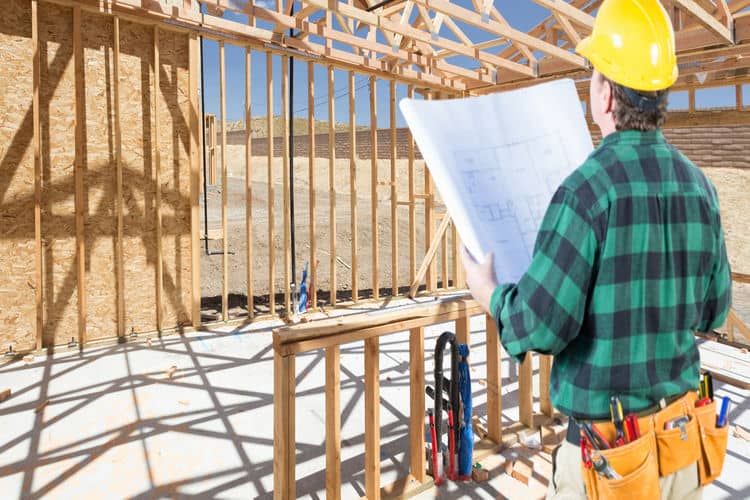Whether you’re an experienced home builder or simply considering building a new home, it’s helpful to understand the complete home-building process. This will ensure a smooth and efficient build and help you decide about your home construction project.

The home-building process involves many steps, each with its timeline and requirements. Understanding the home building process will help you determine which tasks to take care of yourself when to call subcontractors back in, and when to order materials.
Table of Contents
Framing
Framing is a critical part of the home building process, and it’s essential for the structural integrity of your new home. House frames come in all shapes and sizes, but the most common type is wood framing.
It consists of lumber studs, which run horizontally along the walls of your home. You’ll assemble your foundation, roof, and wall frames with these studs.
Framing affects your home-building project by determining the cost and time of construction. The primary materials used for house framing are wood, steel, and insulated concrete forms.
Insulation
Insulation is a vital part of any well-designed home, helping to keep your space warm in winter and cool in summer. Proper insulation also helps to lower your energy bills and reduce your environmental impact.
There are a range of different insulation types and materials to choose from. Generally, insulation works by slowing down conductive and convect heat transfer into and out of your building.
Drywall
Drywall is a widely used building material for covering framework on walls and ceilings. It’s formed of gypsum, a mineral that’s typically found in enormous layers of white sand.
Gypsum is combined with a few additional ingredients to create a slurry that is sandwiched between two layers of paper and dried. The type of drywall used is determined by the type of paper, thickness, and chemicals in the slurry.
It comes in a wide range of thicknesses, from 1/4 inch to 3/4 inch, depending on the needs of the job. Thicker pieces are helpful in apartments and commercial buildings for better soundproofing and fire resistance.
Drywall is a durable material that’s easy to repair. Small kicks or scratches can be fixed with a few simple materials, and an experienced drywall installer easily handles large areas of damage.
Interior Finishes
During this phase of the building process, drywall and paint are applied to the interior walls. Doors, trim, cabinetry, and other decorative elements are also installed.
The next stage is the installation of appliances and plumbing fixtures in your new home. Electrical, HVAC, and other utilities are also put in place.
Walls are painted with your chosen colors, and hard floors, carpeting, and tile are added. This is an exciting step for many buyers as the house takes shape!
Other interior finishes include stone and wood veneers, concrete, plaster, and masonry. Each has unique properties and can be a good choice for different rooms in the home or office.
Exterior Finishes
Exterior finishes help keep a home’s walls safe from the elements. They also help improve the home’s insulation values, lowering heating and cooling costs.
A wide range of materials and finishes are available for the outside walls of a house. With these options, you can find a finish that suits your taste and budget.
Stucco is an excellent choice for many homes because it requires little maintenance and is weather resistant. It can be installed in various bond patterns to create a modern or traditional look for the home exterior.
Another popular exterior material is brick. It can be slurry coated to make your home exterior a smooth and clean finish.






